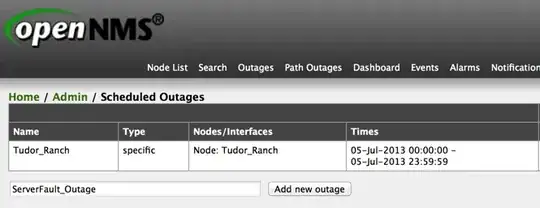I'm trying to get a Dell M3800 Precision to PXE boot but the dongle I have isn't showing up in the BIOS. This is for a WDS install
Plugged into a Windows machine it identifies itself as a "ASIX AX88772A USB2.0 to Fast Ethernet Adapter" but it arrived from Dell for the purposes of PXE booting this machine.
I go into the BIOS and change the boot option from UEFI to Legacy and then make sure that the Network is the among the selected option. Pressing F12 on boot does nothing except offer me the option of booting to the "miniSSD" and there's no Network option in the resulting boot menu.
Has anybody else successfully done this before?
